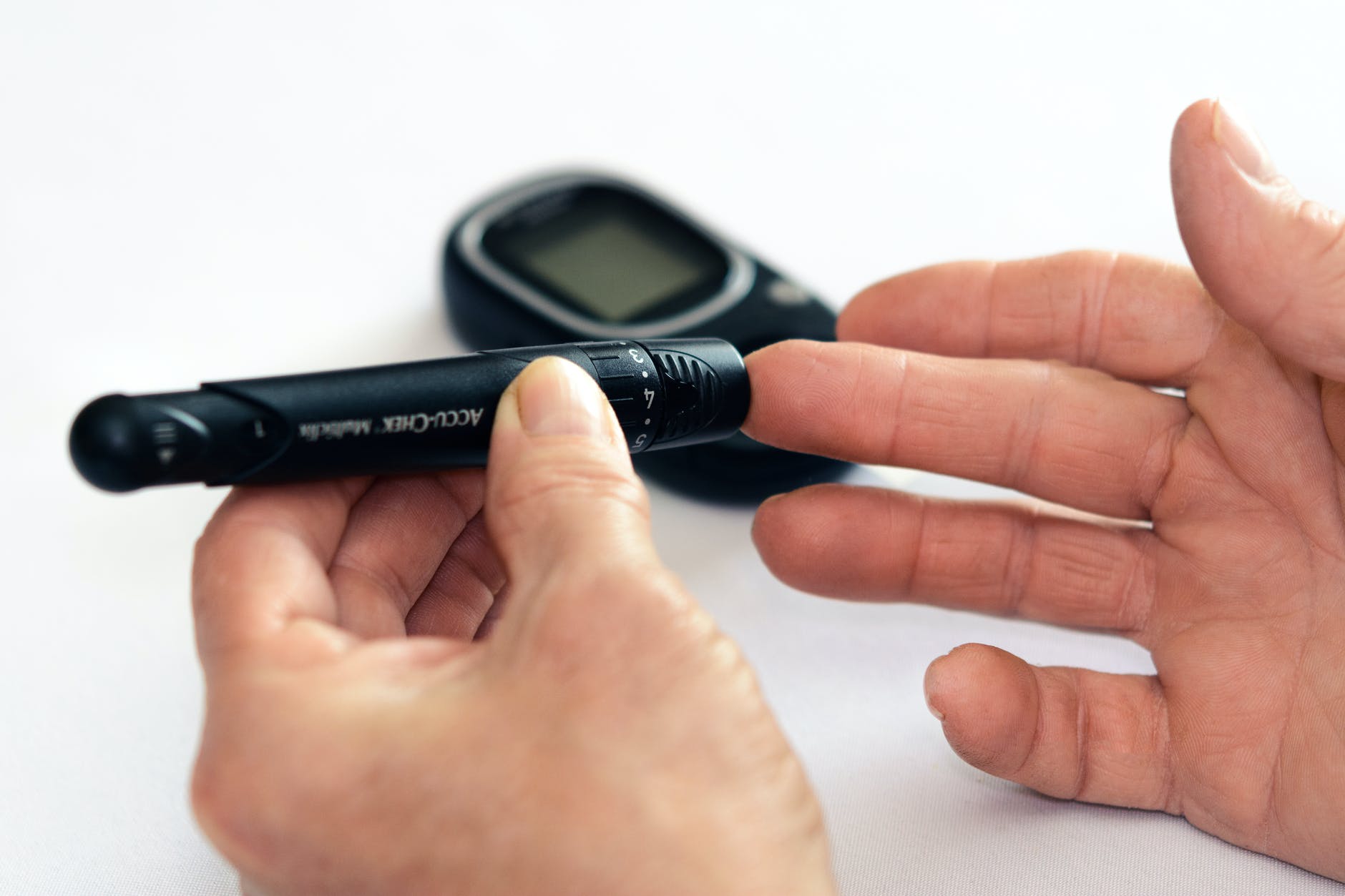![]()
Yoga for Diabetes: 5 Simple Poses That Bring Blood Sugar Levels Down
Diabetes is a chronic condition that affects millions of people worldwide. While there is no cure for diabetes, yoga has been found to be an effective complementary therapy in managing blood sugar levels. Yoga has been shown to improve insulin sensitivity, reduce stress, and enhance overall well-being, all of which are crucial for maintaining healthy blood sugar levels. In this article, we will explore the benefits of yoga for diabetes and provide five simple poses that can help bring blood sugar levels down.
Benefits of Yoga for Diabetes
Yoga has several benefits that make it an ideal complementary therapy for diabetes management. Some of the key benefits include:
- Improved Insulin Sensitivity: Yoga has been shown to improve insulin sensitivity, which is the body’s ability to effectively use insulin. Improved insulin sensitivity can help reduce blood sugar levels and improve overall glucose metabolism.
- Reduced Stress: Yoga is known for its stress-reducing effects, which is critical for diabetes management. Chronic stress can raise blood sugar levels and worsen insulin resistance, making yoga an effective way to manage stress and improve overall health.
- Enhanced Pancreatic Function: Yoga has been found to improve pancreatic function, which is essential for insulin production. Improved pancreatic function can help regulate blood sugar levels and reduce the risk of complications associated with diabetes.
- Improved Digestion: Yoga can help improve digestion, which is critical for glucose absorption and utilization. Improved digestion can help reduce blood sugar levels and improve overall glucose metabolism.
5 Simple Yoga Poses for Diabetes Management
Here are five simple yoga poses that can help bring blood sugar levels down:
1. Mountain Pose (Tadasana)
Benefits: Improves posture, reduces stress, and enhances overall balance.
How to Do It:
- Stand with your feet hip-width apart.
- Engage your core and keep your spine long.
- Gaze forward and keep your shoulders relaxed.
- Hold for 30 seconds to 1 minute.
2. Downward-Facing Dog (Adho Mukha Svanasana)
Benefits: Stretches the entire back, improves insulin sensitivity, and reduces stress.
How to Do It:
- Start on all fours.
- Walk your hands forward and lift your hips up and back.
- Keep your arms and legs straight.
- Engage your core and keep your shoulders down.
- Hold for 30 seconds to 1 minute.
3. Cobra Pose (Bhujangasana)
Benefits: Strengthens the back muscles, improves insulin sensitivity, and enhances overall flexibility.
How to Do It:
- Lie on your stomach with your hands under your shoulders.
- Inhale and press your palms into the ground.
- Lift your chest and head off the ground.
- Keep your shoulders down and engage your core.
- Hold for 30 seconds to 1 minute.
4. Seated Forward Fold (Paschimottanasana)
Benefits: Stretches the entire back, improves digestion, and reduces stress.
How to Do It:
- Sit on the ground with your legs straight out in front of you.
- Inhale and lengthen your spine.
- Exhale and fold forward, reaching for your toes.
- Keep your knees slightly bent if necessary.
- Hold for 30 seconds to 1 minute.
5. Child’s Pose (Balasana)
Benefits: Reduces stress, improves digestion, and enhances overall relaxation.
How to Do It:
- Kneel on the ground with your knees wide apart.
- Sit back onto your heels.
- Stretch your arms out in front of you.
- Lower your forehead to the ground.
- Hold for 30 seconds to 1 minute.
Conclusion
Yoga is a powerful tool for managing diabetes and improving overall health. By incorporating simple yoga poses into your daily routine, you can improve insulin sensitivity, reduce stress, and enhance overall well-being. Remember to consult with your healthcare provider before starting any new exercise program, especially if you have a pre-existing condition like diabetes. With regular practice and patience, yoga can be a valuable addition to your diabetes management plan.
References:
“Yoga and Insulin Sensitivity in Patients with Type 2 Diabetes: A Systematic Review.” Journal of Diabetes Research, vol. 2018, 2018, pp. 1-9.”The Effects of Yoga on Stress and Anxiety in Patients with Diabetes.” Journal of Clinical and Diagnostic Research, vol. 11, no. 9, 2017, pp. OC01-OC04.”Yoga and Pancreatic Function in Patients with Type 2 Diabetes: A Systematic Review.” Journal of Diabetes Research, vol. 2019, 2019, pp. 1-9.”The Effects of Yoga on Digestion in Patients with Diabetes.” Journal of Clinical and Diagnostic Research, vol. 12, no. 9, 2018, pp. OC01-OC04.
